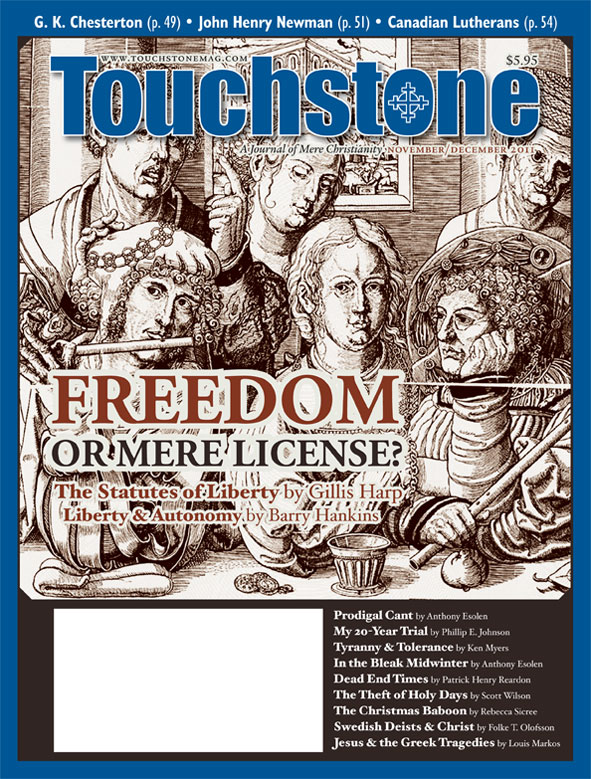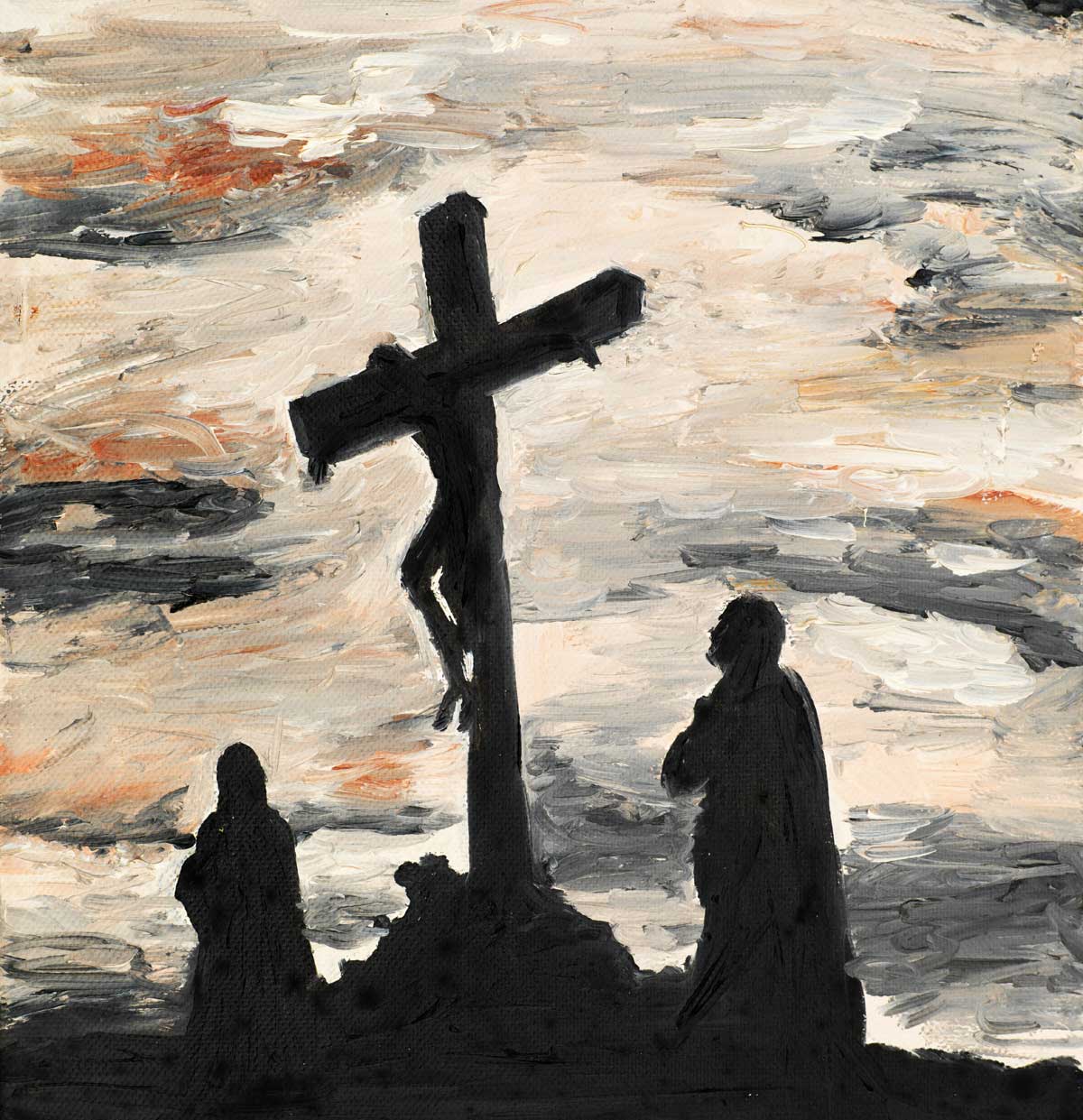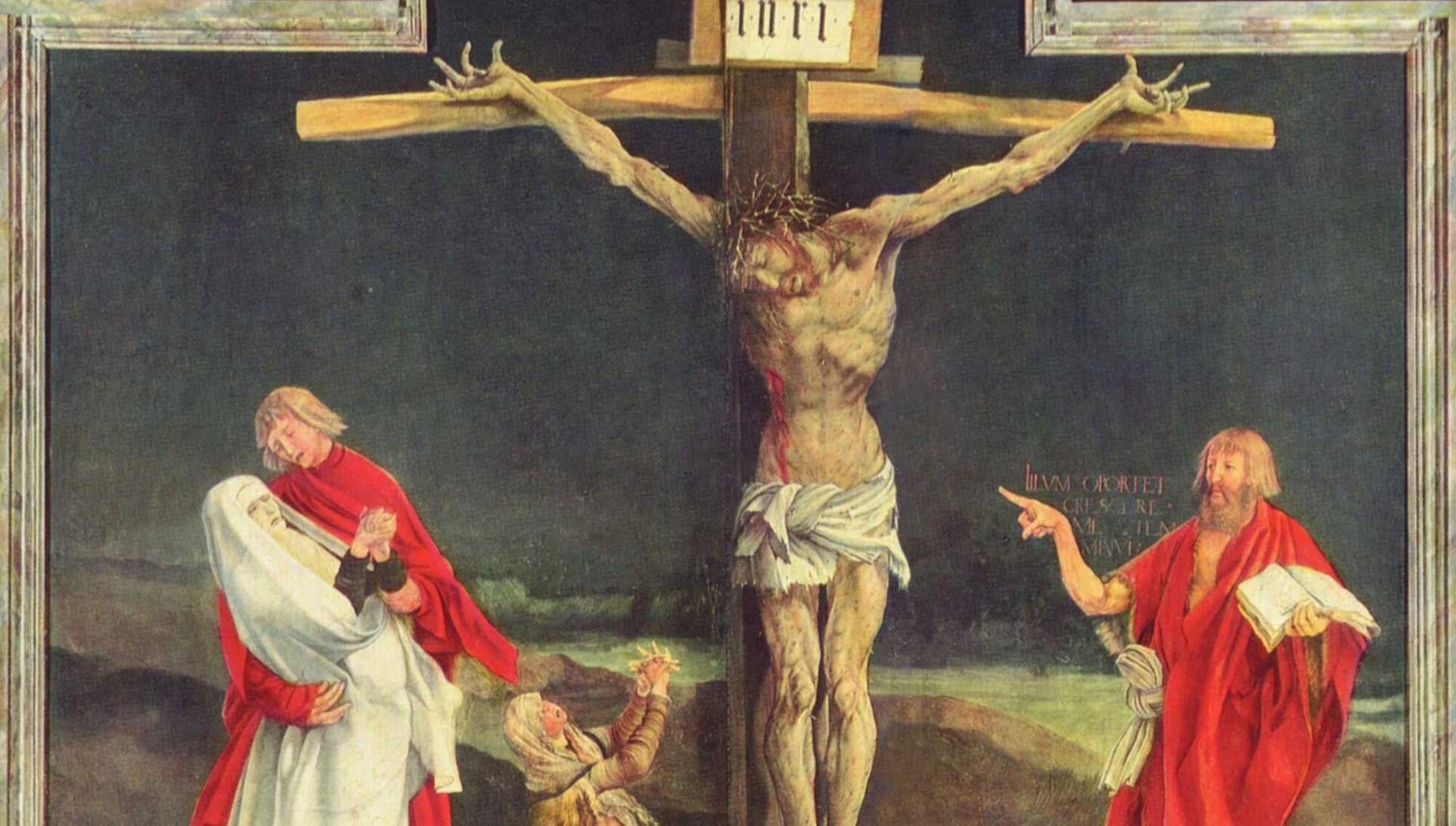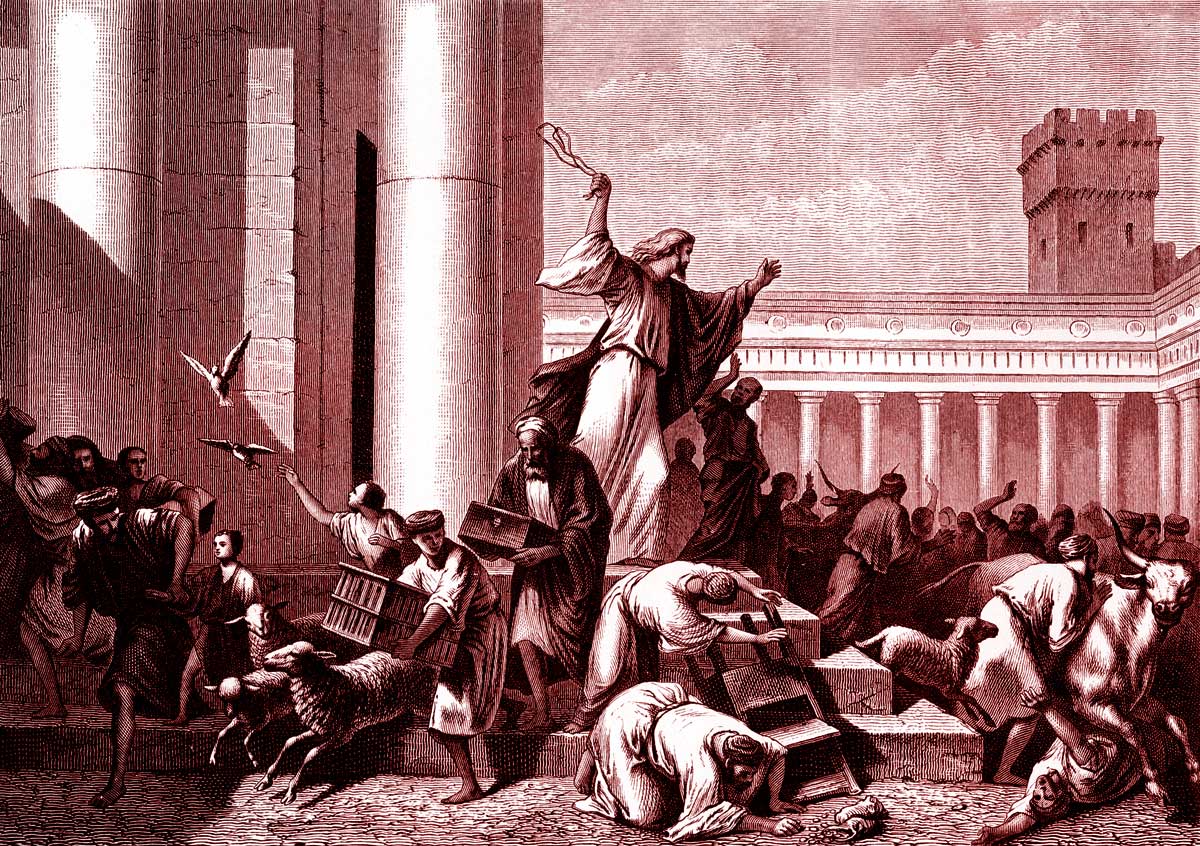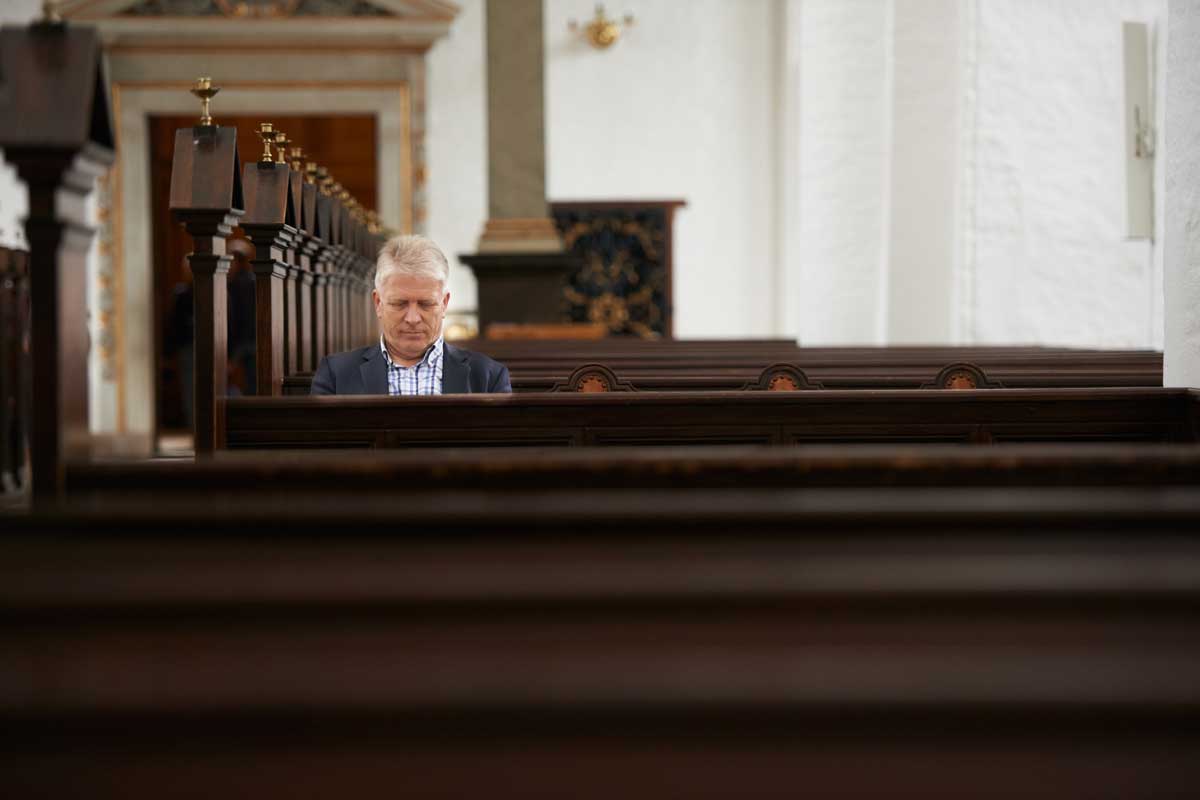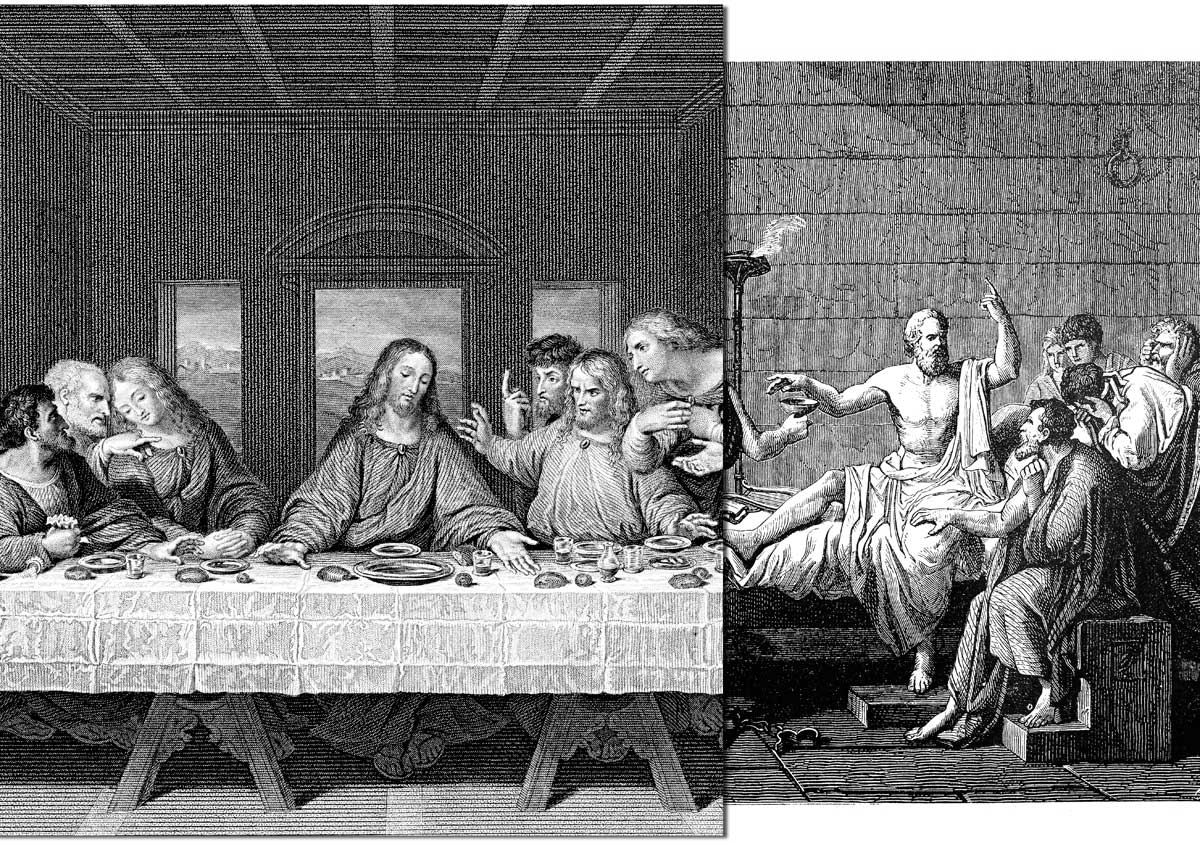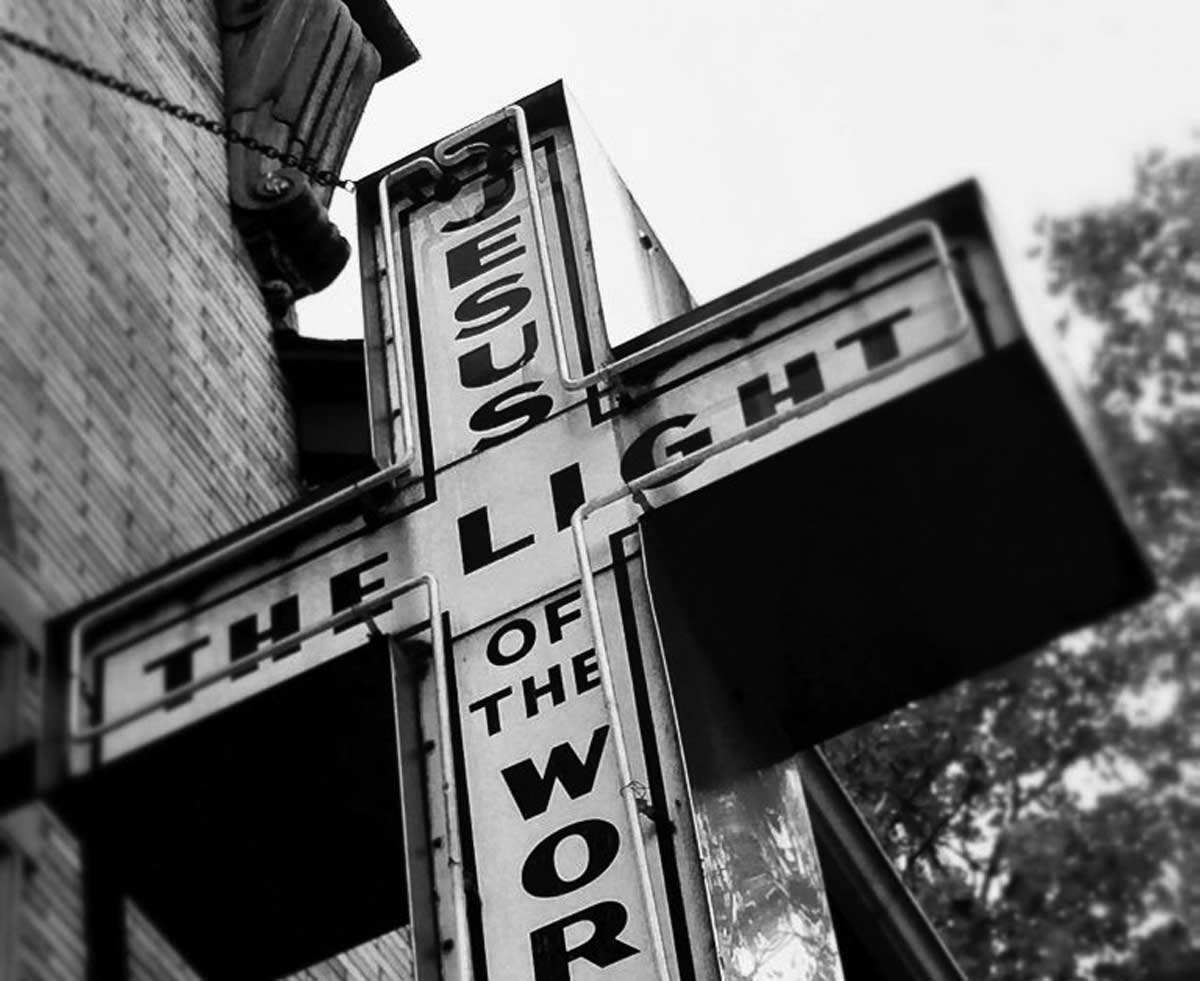The Devil’s Calendar
Scott Wilson on a Stealthy Theft of Christian Holy Days
In Exodus, God commands Israel to set aside several holy feast days:
Three times in the year you shall keep a feast to me. You shall keep the feast of unleavened bread. . . . You shall keep the feast of harvest. . . . You shall keep the feast of ingathering. . . . Three times in the year shall all your males appear before the Lord God. (Ex. 23:14–17)
Such feasts were for the spiritual good of the people of Israel because they caused them to turn their attention to their Lord and Creator—honoring, worshiping, and making sacrifices to him as covenant expressions of their love and devotion.
Moreover, once a week they were to rest from their labor, in the Lord’s presence:
Remember the Sabbath day, to keep it holy. Six days you shall labor, and do all your work; but the seventh day is a Sabbath to the Lord your God; in it you shall not do any work. . . . (Ex. 20:8–10)
The observance of the holy days and the Sabbath was an expression of both Israel’s fidelity to God and Israel’s identity as a holy people. In the prophets, Israel is rebuked for failing to keep the Sabbath; the people also failed to keep the Passover regularly, as false gods often enticed them into idolatry.
In the New Testament, Jesus recognized these holy days. On many occasions he went up to Jerusalem for one of the feasts. His observance of them gave sanction to the Church to set aside times for certain “feasts” and other commemorations to recall the significant events in our Lord’s own life which fulfilled the Old Testament Law.
Today, of course, not all churches follow the same calendar, but its main outlines are common to most. These observances have been established for our continued remembrance and participation.
But, one by one, the Church’s holy days have been overshadowed by secularizing forces, by new false gods, if you will. The religious meaning of most of these great commemorations has been lost, especially in the United States, to all but the most observant worshipers.
Advent of Losses
In the West, the church year begins with Advent, a three-to-four-week season prior to Christmas, when Christians prepare for the Lord’s coming (both his first and his second!). As such, Advent should be marked by repentance and prayerfulness in anticipation of Jesus’ arrival. It is not the time for partying, feasting, exchanging gifts, or singing joyful carols, all of which should be deferred until the feast of the Incarnation, Christmas Day.
But we all know that, especially in America, Christmas parties are frequently held during Advent, and Christmas shopping and commerce have deflected most of the attention away from making holy preparation. If Jesus disliked money changing in his Father’s house, what would he think of our preoccupation with shopping and commerce during the season of preparation for his birth?
The celebration of Christmas itself has also dissipated far from its original center. It takes bold action to remind the world that “Jesus is the reason for the season” in a secularized society where even the simple expression “Merry Christmas” has largely been replaced with “Happy Holidays” in the interests of political correctness.
Then there is the next significant date in Jesus’ life. The Law of Moses dictated that every male child should be circumcised and named on the eighth day after his birth. In Luke 2 we learn that Jesus’ parents dutifully saw that this expectation was fulfilled. Since, in the fourth century, the date selected by the Western Church for celebrating Jesus’ birth was December 25, the important “Feast of the Holy Name of our Lord Jesus Christ” thus falls on January 1. (Earlier it was called “The Circumcision of Christ.”)
But who observes this feast today? On January 1, doesn’t everyone sleep in after getting home from New Year’s Eve parties, and then get up to celebrate New Year’s Day by partying some more, watching football, and discussing futile New Year’s resolutions? Again, a noted day in the life of Jesus has been replaced with a secular celebration.
Next comes the feast of the Presentation, also known as Candlemas. Forty days after the birth of a first-born son, all Jewish parents were required to “present” this son as an offering to the Lord in the temple in Jerusalem and to redeem him (Exodus 13). At this time also, the mother received her ritual cleansing after giving birth (Leviticus 12). Thus, Mary and Joseph brought the infant Jesus to Jerusalem forty days after his birth to fulfill this command. The Church has designated February 2, the fortieth day after Christmas, as the day on which to commemorate this significant event in Jesus’ life.
Liturgical churches recognize the Presentation as a major Christological feast, and by it remind Christians of their need to present themselves as an offering to God (“a living sacrifice”) in keeping with the definition of true discipleship. But what makes February 2 notable to our secular society? It’s the date on which it is announced, often with great fanfare, whether Punxsutawney Phil—the famous groundhog in Punxsutawney, Pennsylvania—happened to see his shadow when he emerged that morning from his lair. A quaint Farmer’s Almanac-type forecast about the coming of spring has thus overshadowed the more salutary commemoration of our Lord’s Presentation.
Lent Is Missing
Lent is always a wonderful opportunity for Christians to assess themselves spiritually and apply themselves to repentance, prayer, and fasting in the footsteps of Jesus Christ, who spent forty days in the wilderness being tempted by the devil. Since the fourth century, the Church has observed the beneficent practice of identifying with the Lord for forty days of fasting and penance prior to the great feast of the Resurrection.
In the tenth century, Ash Wednesday was established as the first day of Lent in the West, and ever since, devoted Christians have been coming to church on that day to receive ashes on their foreheads as a token of mourning and penitence and to make a “right beginning” of the season. But where is Ash Wednesday now? While few really know what this day is all about (penitence), most everyone is aware of Mardi Gras and all its excesses.
Originally, Mardi Gras (French for “Fat Tuesday”) was the day when Christians cleared their pantries of rich and fatty foods, like butter and eggs, so as to make possible an effective season of fasting and abstinence. The event thus began as a Christian discipline, but over time it has metamorphosed into a thoroughly secular celebration spanning several days. Introduced to America by the French in the early 1700s, Mardi Gras today is associated with the wild party in New Orleans and has eclipsed Ash Wednesday in other places as well. How has our attention to a solemn holy day been so thoroughly diverted to a debauchery so contrary to it in theme and purpose?
Even in public school systems, the weeklong break that occurs in the spring used to be called the “Easter break.” No more; it is now just called “spring break.” And while it often coincides with Holy Week, the solemn week culminating with Good Friday, when our Lord’s Passion is commemorated, many people use the break to skip town and head to warm climates for festive activities, in a recess from daily and academic grinds. Good Friday on the beach is not one of the Stations of the Cross.
And Easter itself, the most glorious of all Christian feasts, has, like Christmas, been thoroughly commercialized, so that the Easter bunny now seems to receive more attention than our risen Lord.
Later in the spring, the commemorations of our Lord’s Ascension and of Pentecost often occur around the same time as school graduations and Memorial Day weekend, leaving the Church hard-pressed to redirect the worshipers’ attention back to these most significant events in the life of Christ and his followers.
Lesser Feasts More So
On August 6, the Feast of the Transfiguration commemorates the dramatic and miraculous transfiguration of Jesus Christ before the apostles Peter, James, and John. For over a thousand years, this date has annually called to mind the great event wherein Christ’s divinity was affirmed in marvelous light and his union with the Father attested to by a voice from heaven. It rewards us believers with the real and credible hope of our own transformation from human sinfulness to the image of God in which we have been born anew in Christ.
But August 6 is also the date on which, in 1945, the end of World War II was precipitated by the dropping of a nuclear bomb on Hiroshima, Japan. For many, that anniversary is now the primary reason for remembering the date. One kind of transformation has thus been overshadowed by another; the irony must not be lost on us, but for most Christians, the feast day is.
The last significant date on the Western Church’s calendar is All Saints’ Day, November 1. This is not a Christological feast, but it is the principal day on which the Church celebrates those special individuals through whom Christ has made significant marks on history. By looking at them and their lives, we see what God can do when he takes ordinary sinners and converts them into holy saints. We benefit by the example of their lives and sacrifices; we are inspired to follow their steps and imitate their character and devotion.
The evening before was known as All Saints’, or All Hallows’, Eve, thus, Halloween. But what is Halloween today? A day when children dress in costumes and go door-to-door collecting candy, while adults go to costume parties and festoon their homes with scary or macabre decorations. Some of the costumes and decorations are about as ghoulish or even demonic as they can be. The saints are nowhere to be seen.
Shadow Days
It is striking that nearly every major feast day in the church year has been preempted, to one degree or another, by a secular event that now absorbs the greater part of public attention. We have thus lost many signs and markers—days and dates—whose purpose was to point us back to our Creator and Redeemer. What a good influence the recurrence of a truly holy day could be, to reorient us to God’s light. But with many of us hardly noticing, such days and dates have faded from our lives.
Is it mere coincidence that so many holy days have been overshadowed by some secular event or celebration? Or has some agency been at work to cause this usurpation? It has been so perfect in timing and thorough in effectiveness that one might be led to suspect that behind it lies a dark intelligence, one very much like that of Screwtape. By such was Israel led astray. •
subscription options
Order
Print/Online Subscription

Get six issues (one year) of Touchstone PLUS full online access including pdf downloads for only $39.95. That's only $3.34 per month!
Order
Online Only
Subscription

Get a one-year full-access subscription to the Touchstone online archives for only $19.95. That's only $1.66 per month!
bulk subscriptions
Order Touchstone subscriptions in bulk and save $10 per sub! Each subscription includes 6 issues of Touchstone plus full online access to touchstonemag.com—including archives, videos, and pdf downloads of recent issues for only $29.95 each! Great for churches or study groups.
Transactions will be processed on a secure server.
more on christianity from the online archives
more from the online archives
calling all readers
Please Donate
"There are magazines worth reading but few worth saving . . . Touchstone is just such a magazine."
—Alice von Hildebrand
"Here we do not concede one square millimeter of territory to falsehood, folly, contemporary sentimentality, or fashion. We speak the truth, and let God be our judge. . . . Touchstone is the one committedly Christian conservative journal."
—Anthony Esolen, Touchstone senior editor





